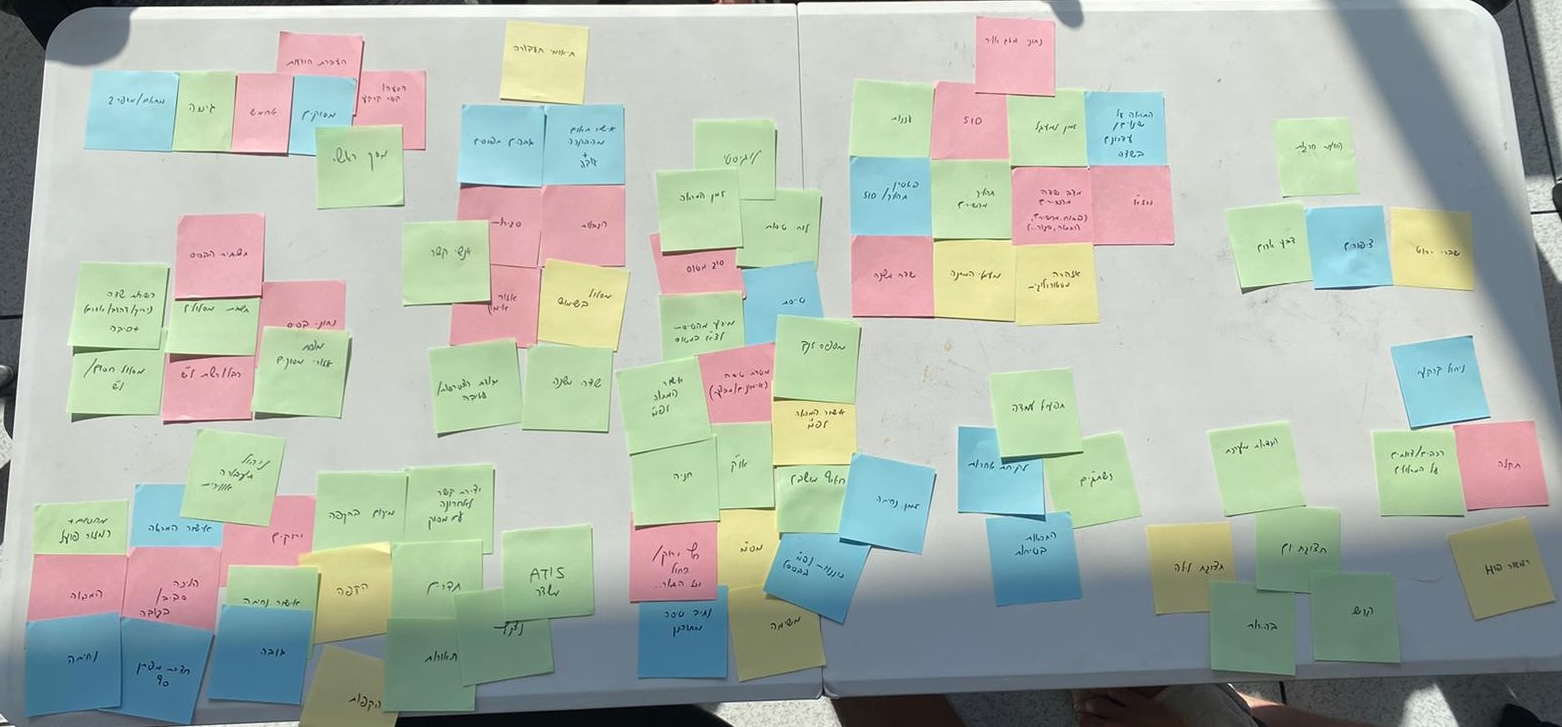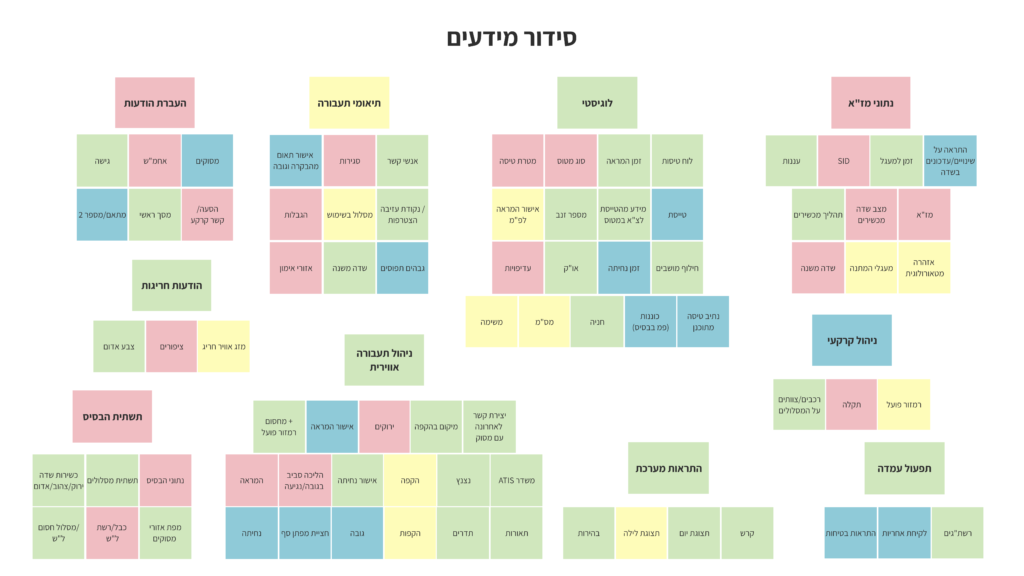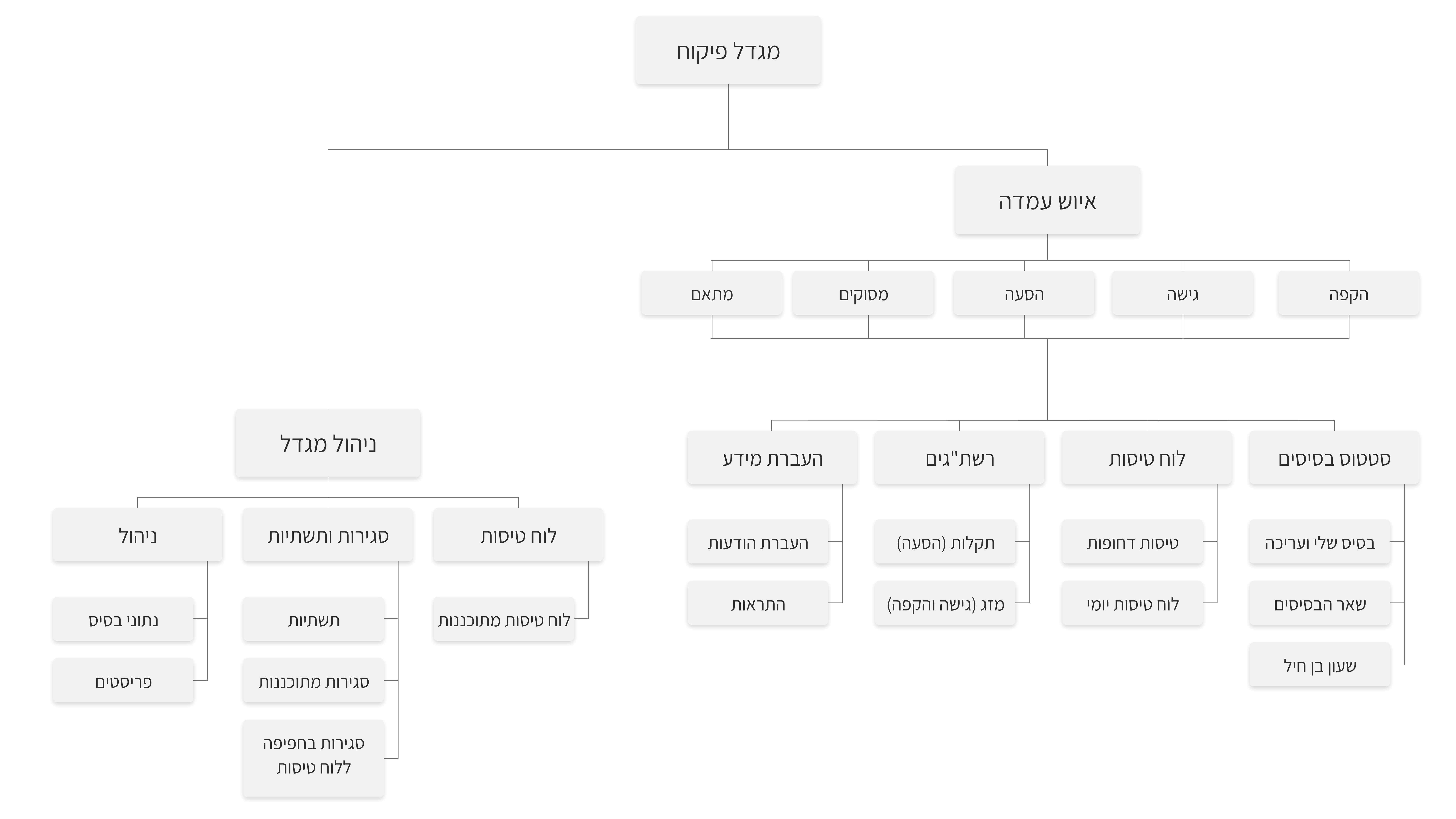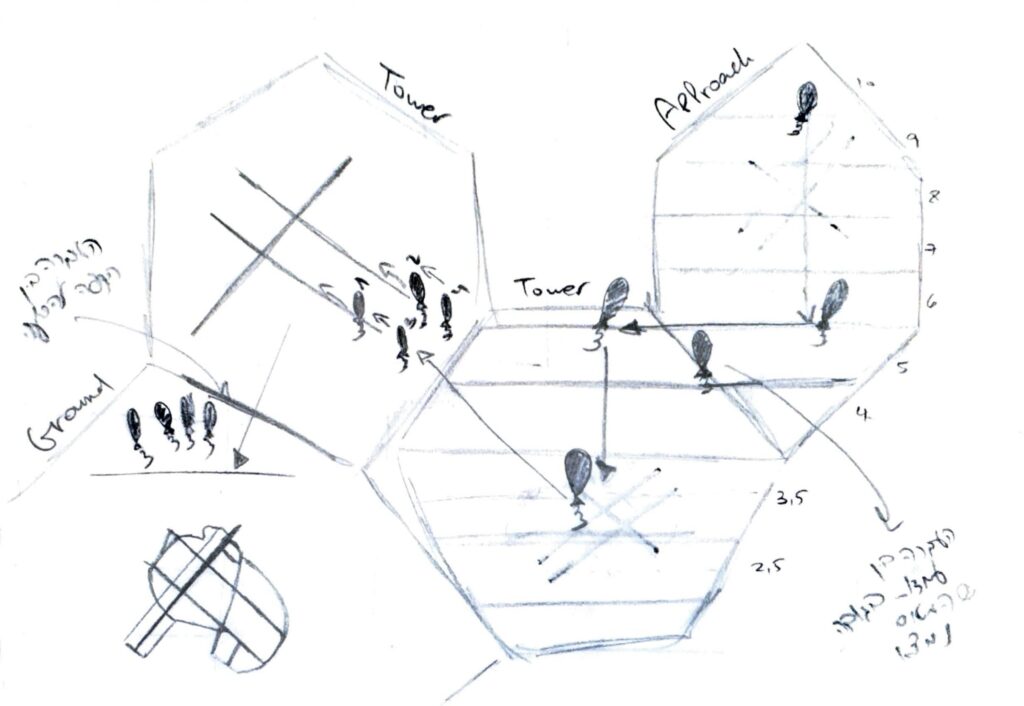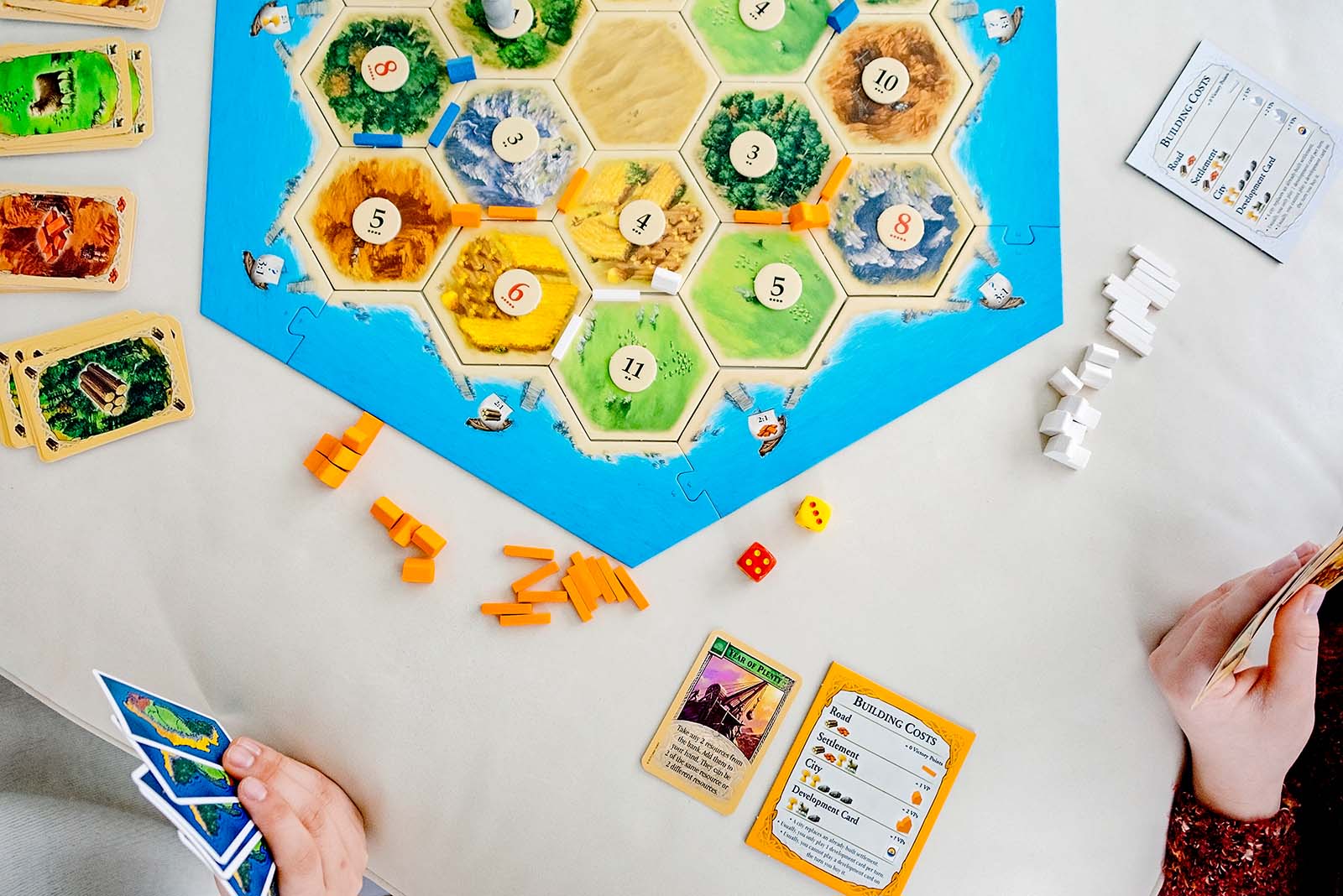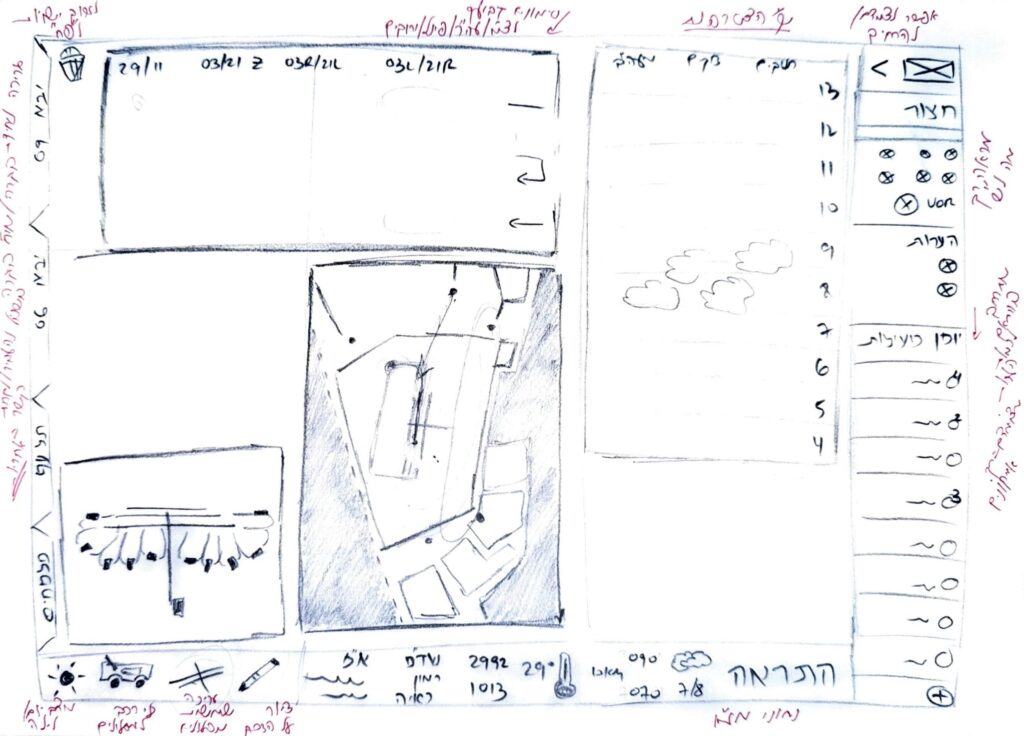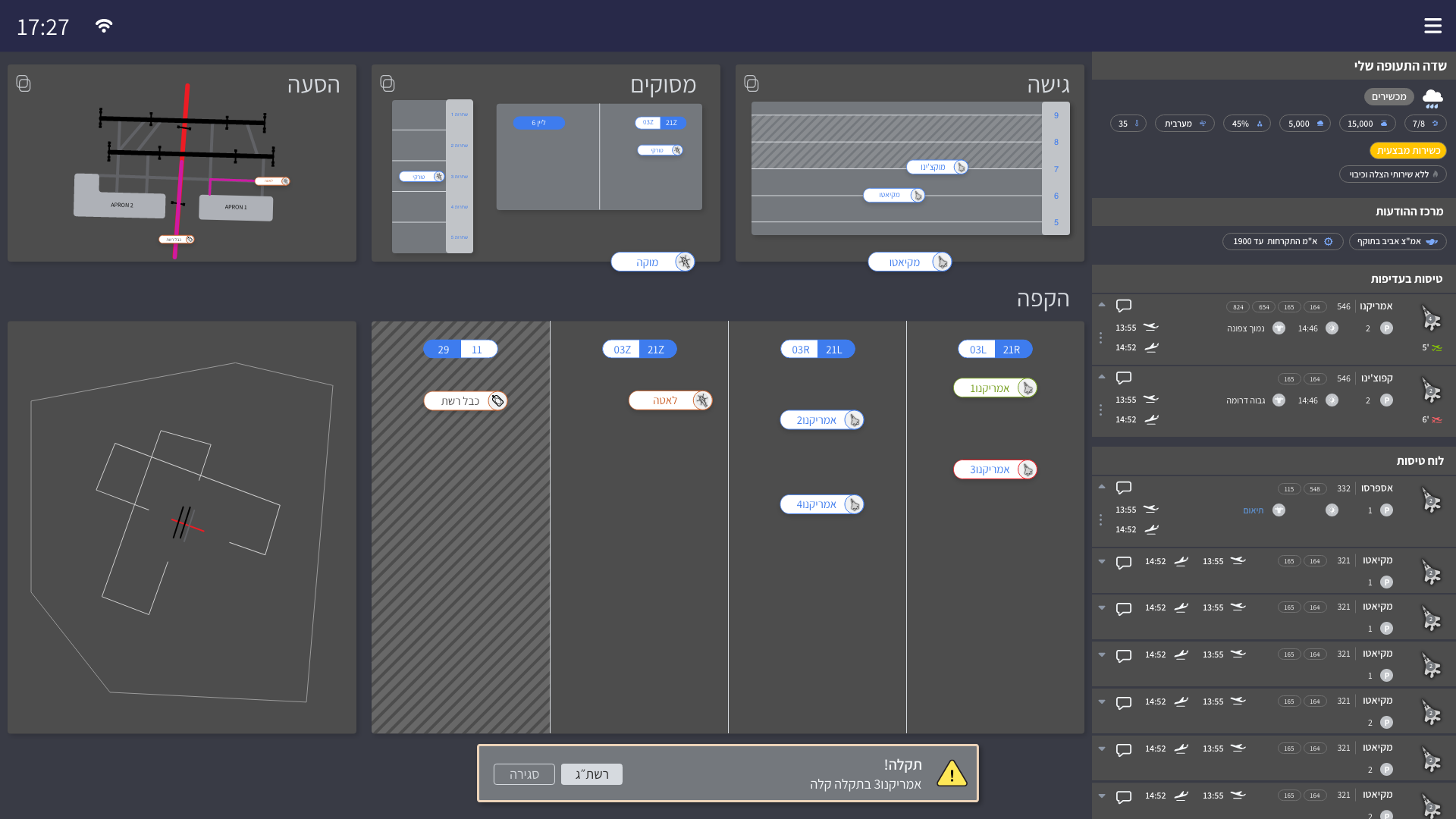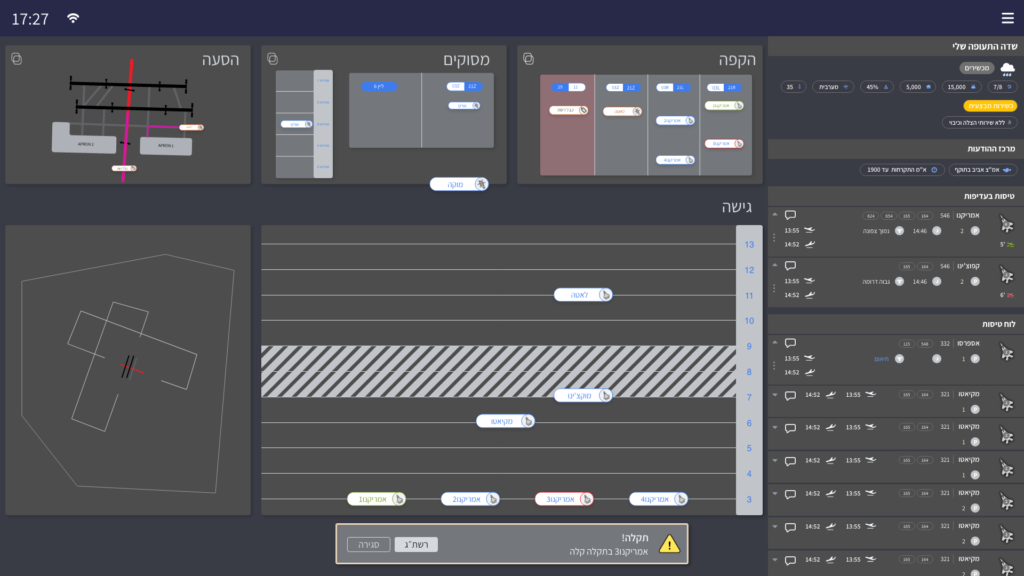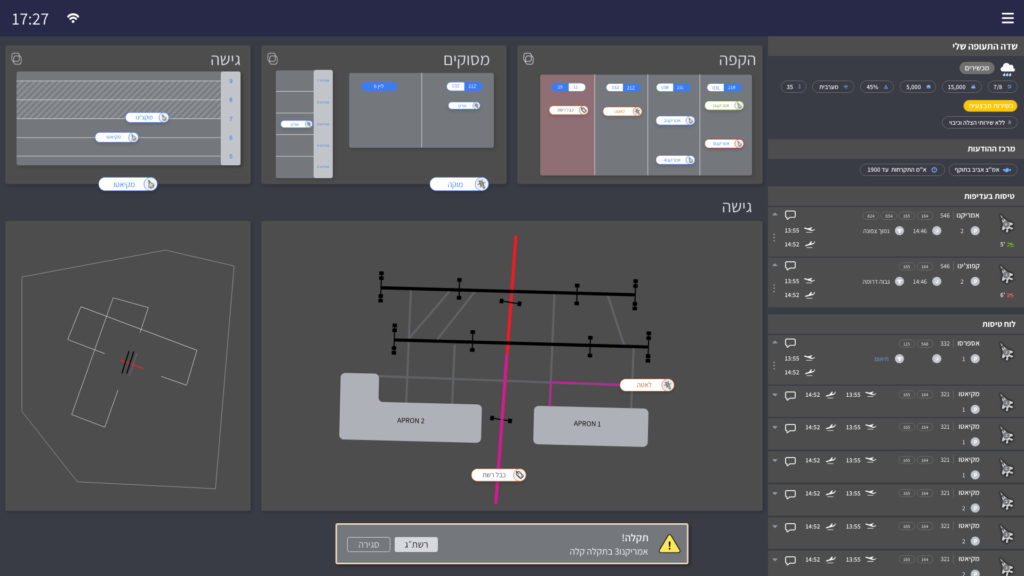Control Tower
A touchscreen-based air traffic control management system for the IAF, designed to interface within control towers and across all control units.
My Role
- Team Lead
- Research
- Concept & Strategy
- Road Map
- Wire-frame
- Prototype
Requirements
Improve Safety
Enhanced View
Integration with Existing Systems
The Problem
The primary challenge was designing an application that provides real-time data management while minimizing distractions. As one commander put it,
"I need the controllers' eyes outside—spotting critical events like a deer on the runway, not glued to a screen."
Our Users
Air Traffic Controllers - Soldiers in active service and reserves (some also work as air traffic controllers in civillian towers).
Ages 18-45
Certified for some or all tower positions (each position has its own challenges depending on traffic activity).
How they manage the air traffic?
Real time updates by manually logging each action at their desks.
Verbal updates between positions (without documentation).
Their Main Goals
Managing all traffic in safely and efficiently.
Quick and purposeful responses to critical situations such as mechanical
failures and more.
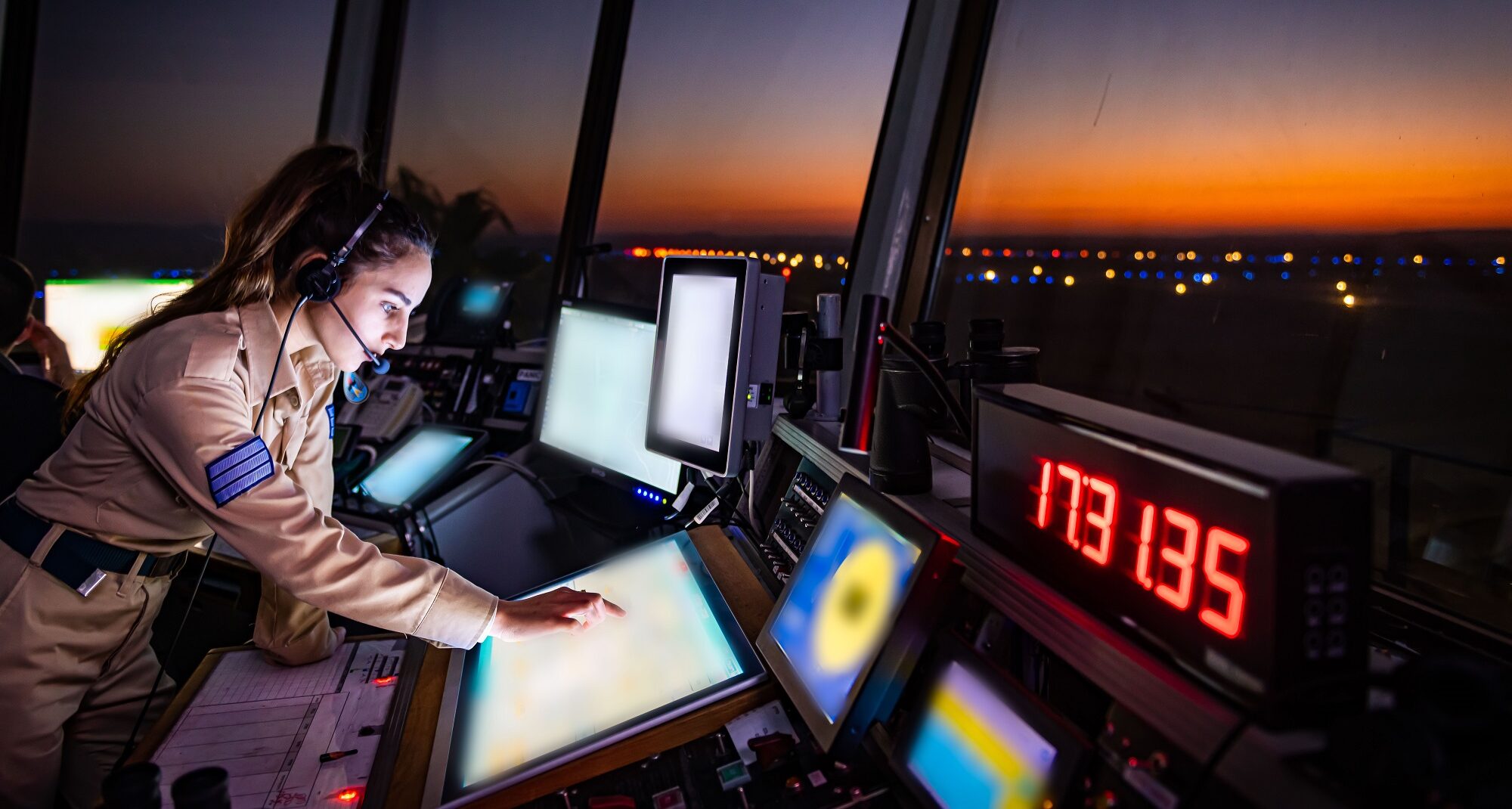
Image from IAF website
Main Pain Points
High cognitive load and stress due to numerous tasks and fast-paced traffic.
Important information is often lost due to verbal miscommunication.
Lack of transparency in coordinating traffic among nearby units.
Main Goals to Guidlines
Improving Safety
Reducing runway incidents by 20%
Developing a unified working method for all control units while maintaining flexibility for each tower based on its unique traffic activity.
Using alerts for safety awareness.
Enhanced View
The application displays all the information required for each position
Designing a unified view of all necessary information, updated in real-time with existing military systems.
Improving attention
Reducing the time spent at the desk for each action and increasing time for planning and managing traffic
Designing a minimal interface, that support quick interactions, using preset definitions, and enabling controllers to focus on their primary task - managing air traffic in real-time.
Card Sorting with users and building Navigation Map
As part of the user research process we performed card sorting with all the information using the controllers at the tower.
We built a navigation map to ensure that every piece of information has a place in the application.
How is the game "CATAN" related to control tower?
One reference from the brainstorming session is the game "CATAN".
The use of information within hexagons and at the spaces between them in the game caught our attention.
We adapted this concept by designing a space for each control position and using the spaces between to present the transitions of aircraft from one controller to another.
Fundraising Process
Following a comprehensive assessment of resources, budget, and development timelines, we formulated an overarching project requirement and created a prototype demonstration.
We presented the demonstration to senior officials in the force to recruit project approval, budget prioritization, and inclusion in the annual work plan of the technology unit.
Prototype Demonstration (Wire-Frame)
First prototype on touch screen
MVP Definition
Together with the development team, we began constructing a work plan for the foundational development of the application.
For the MVP, we defined two control positions, which we would deploy in two control towers – aiming for a cautious and strategic integration due to the high error cost.
We also evaluated various touchscreens in the towers to ensure compatibility with the intense daylight conditions characteristic of the tower environment.
Control Positions Display - Initial Design
Each control position has a management display based on air activity.
Additionally, a thumbnail view of other tower positions allows the controller to see the expected traffic from any position and view relevant information
Tower Control
Approach Control
(Wire-frame) Display of the Approach control position.
Main traffic management area for the Approach controller (Optimized for the approach traffic and management), thumbnail view of the other positions in the tower and menu.
Outcome
Unfortunately, the project was halted after we developed prototype demonstration for touchscreens.
During the work on the project we created a detailed design document outlining the application's goals, users, control units and positions, application requirements and more.
This project emphasized the importance of balancing information density with usability.
I learned how critical it is to ensure that essential data is accessible without overwhelming the user, particularly in high-pressure environments like air traffic control.
